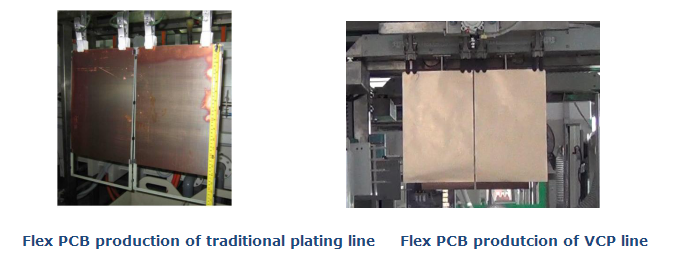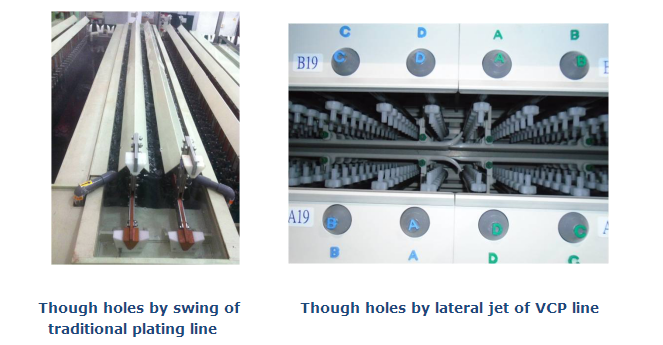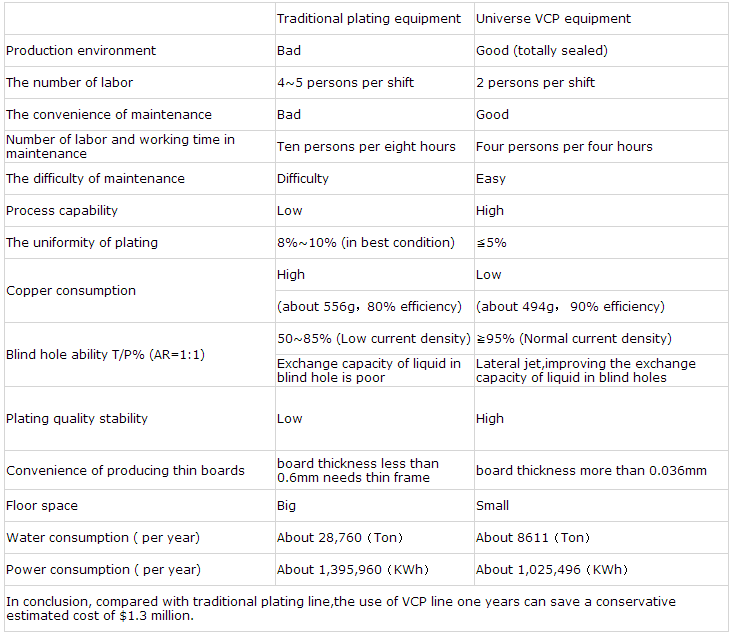Today we are going to introduce some common standards of PCB manufacture and Assembly
1) IPC – ESD – 2020: Joint standard of electrostatic discharge controlling program development ,including design, build, implement and maintain of electrostatic discharge control program. According to some experience of the military and commercial organizations, providing guide for processing and protecting of electrostatic discharge in sensitive period.
2) IPC-SA-61A : Post solder semi-aqueous cleaning handbook, including all aspects of Semi-aqueous Cleaning,including chemical and productive residue, equipment, technology, process control and considerations of environment and safety .
3) IPC-AC-62A: post solder aqueous cleaning handbook.Describing PCB manufacturing residue, the types and properties of aqueous cleaner, the process of aqueous cleaning, equipment and processes, quality control, environmental control ,the safety of employees,the test of cleanliness and its cost.
4)IPC-DRM-40E: Through-hole solder evaluation handbook reference.Describing the components,the hole wall,and the welding surface in detail according to the standard requirement.In addition, also including the 3D graphics generated by computer.Covering the filling tin, contact Angle, wetting, vertical filling, welding pad cover and a large number of weld defects.
5) IPC – TA – 722: Solder technology evaluation reference, includes 45 articles of welding technology in all aspects.The content involves ordinary welding ,welding materials, manual welding, batch welding, wave soldering, reflow soldering, gas phase welding and infrared welding.
6) IPC – 7525: template design guidelines.Providing guidelines for the design and manufacture of template for solder paste and surface mount adhesive.Also discussing template design with the application of surface-mount technology.Introducing hybrid technology with through-hole or flip chip components,including the overprint, double seal and phase type template design.
7) IPC/EIA J – STD – 004: requirements for soldering fluxes,contain technical indicators and classification,such as rosin, resin and others.Solding fulxes can be divided into two classes: organic and inorganic flux according to content and activation of halide in fluxes.
8) IPC/EIA J – STD – 005: requirements for soldering pastes,list the characteristics and technical index requirements of solder paste, including test method and the metal content standards, as well as the viscosity, collapse, solder balls, viscosity and wetting properties of solder paste.
9) IPC/EIA J – STD – 006A: requirements for solder alloy of electronic grade,solding fluxes,influx solid solder,provide term name, specification requirements and test methods for electronic grade solder alloy,for flux of bar, strip, and powder, for solding tin of influx, for the application of electronic soldering, for special electronic grade solder .
10) IPC-Ca-821: The general requirements of thermal conductive adhesive.Including requirements and test methods for thermal conductivity of the dielectric that makes the copmonents adhere the suitable location.
11) IPC – 3406: guide of conductive surface coating binder,provides the guide for the secection of conductive adhesive which is as Solder alternatives in the electronic manufacturing.
12) IPC – AJ – 820: handbook of PCB assembly and welding, contains descriptions of assembling and welding inspection technology, including the terms and definitions;printed circuit board, components and pin type, material of welding point, installation, specification reference of design and outline;Welding technology and packaging;Cleaning and labeling;Quality assurance and testing.
13) the IPC – 7530: Temperature curve guide of batch welding process(reflow soldering and wave soldering. In the temperature curve to obtain, using all kinds of test means,technology and methods provides guidance for establishing the best graphics.
14) IPC – TR – 460 – a: Troubleshooting list of printed circuit board wave soldering,for a possible failure caused by wave soldering , recommends correction measures list.
15) IPC/EIA/JEDEC J – STD – 003A: the weldability test of printed circuit boards.
16) the IPC – 7095: design of SGA device and supplement of assembly process,provide all kinds of useful operation imformation for people who are using the SGA device or have the consideration to the grid array;and also provide guidance for testing and servicing of SGA and provide reliable information about the field of SGA.
17) IPC – M – I08: the instruction manual of cleaning,includes the IPC cleaning instruction of the latest version,and provide help for engineers when they decided to product cleaning process and troubleshoot.
18) IPC – CH – 65 – A: the washing instructions of printed circuit board assembly,provide the reference for the current and new cleaning method in the electronics industry, including descriptions and discuss of all kinds of cleaning methods.This washing instructions explain the relationship among various materials, process and the pollutant during the operation of manufacturing and assembly.
19) IPC – SC – 60 A:cleaning manual of solvent after welding,provides the use of solvent cleaning technology in automatic welding and manual welding,and discuss the nature of the solvent and the residue and process control, and environmental issues.In automatic welding and manual welding is given in the use of solvent cleaning technology, discusses the nature of the solvent, the residue and process control, and environmental issues.
20) IPC – 9201: the manual of surface insulation resistance,includes the terms, the theory, test process and test means of surface insulation resistance(SIR),and also includes temperature, humidity (TH) test, failure mode and troubleshooting.
21) IPC – DRM – 53: electronics assembly desktop reference manual,is used to indicate diagrams and photographs of through-hole installation and SMT assembly technology.
22) IPC – M – 103: SMT assembly manual, includes all 21 IPC files of SMT.
23) IPC – M – I04: printed circuit board assembly manual,contains ten of the most widely used files about the printed circuit board assembly
24) IPC – CC – 830 B: performance and appraisal of electronic insulation compounds in
printed circuit board assembly. An industrial standard that meet quality and qualification of conformal coating .
25) IPC – S – 816: surface-mount technology guide and checklist.This troubleshooting guide lists all types of process problems and their solutions of the SMT assembly , including bridge, leakage welding, component placement arrangement, etc.
26) IPC – CM – 770 D: components installation guide of printed circuit board,provides effective guidance for components in printed circuit board assembly,and reviews the relevant standards, the influence and distribution situation,including assembly technology (including manual and automatic and surface-mount technology and flip chip assembly technology) and considering the follow-up welding, cleaning and laminating process.
27) IPC – 7129: calculation of defects per million opportunities(DPMO) and printed circuit board assembly manufacturing index.A benchmark that is agreed by calculating defect and quality-related industrial sectors.It provides a satisfactory way for calculation of defects per million opportunities(DPMO).
28) IPC – 9261 : production estimation of printed circuit board assembly and failure per million opportunities in he assembly.It defines the reliable method of calculation the number of failure per million opportunities in printed circuit board assembly.It is evaluation criteria of each stage in process of assembly.
29) IPC – D – 279: design guidelines of reliable surface-mount technology and printed circuit board assembly .The guidlines are for manufacturing process of the reliability in PCB of surface-mount technology and blending technology ,including the design idea.
30) IPC – 2546: the combination requirement passed in the points in printed circuit board assembly.Describing the material movement system, such as actuators and buffers, manual replacement, automatic silk screen printing, automatic distribution of adhesive, automatic SMT placement, automatic placement of plated through hole, forced convection, and infrared reflow oven and wave soldering.
31) IPC – PE – 740 A: troubleshooting of PCB manufacturing and assembly .Including case histories and calibration activities of problems that appear in the process of the design, manufacture, assembly and testing.
32) IPC – 6010: printed circuit board quality standards and performance specifications series manual. Including quality standards and performance standards formulated by the American association of printed circuit board for all printed circuit board.
33) IPC – 6018 A: microwave end product printed circuit board inspection and test
34) IPC – D – 317 A: design guidelines for electronic packaging utilizing high speed techniques.To guide the design of high-speed circuits, including the mechanical and electrical considerations and performance testing.
Source from:
http://www.ifastpcb.com/blog/introduction-common-standard-pcb-manufacture-assembly/


